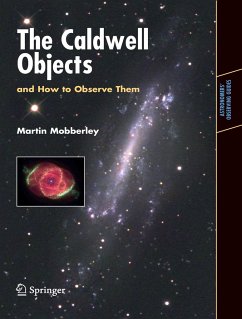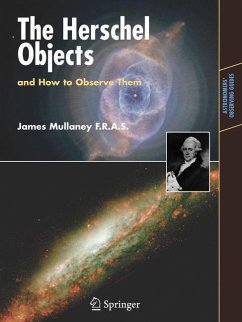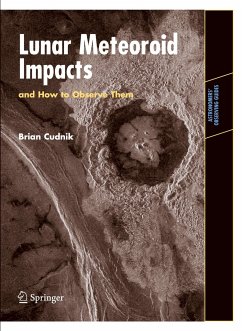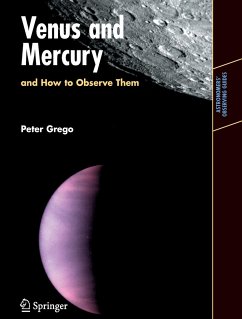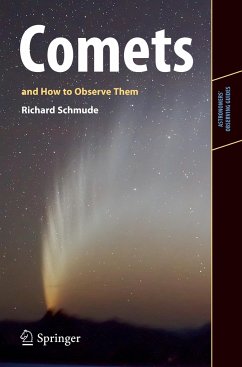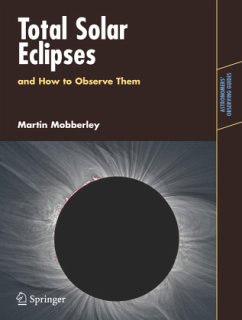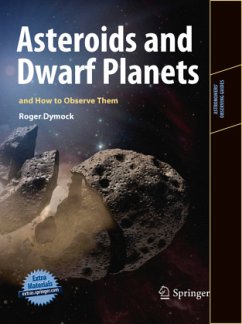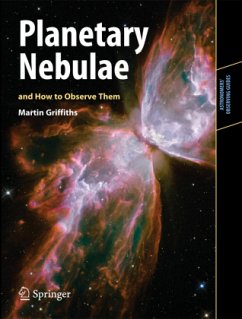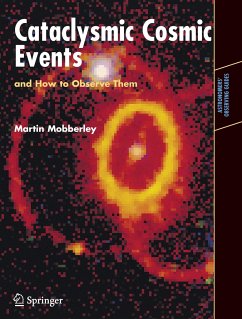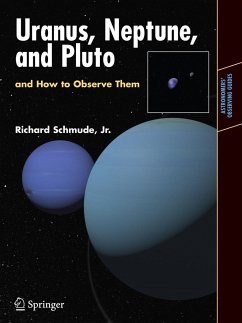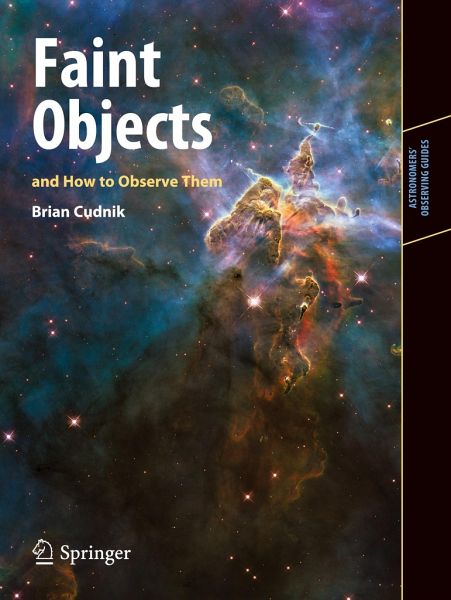
Faint Objects and How to Observe Them

PAYBACK Punkte
14 °P sammeln!
Astronomers' Observing Guides provide up-to-date information for amateur astronomers who want to know all about what it is they are observing. This is the basis of the first part of the book. The second part details observing techniques for practical astronomers, working with a range of different instruments.Faint Objects and How to Observe Them is for visual observers who want to "go deep" with their observing. It's a guide to some of the most distant, dim, and rarely observed objects in the sky, with background information on surveys and object lists -- some familiar and some not.Typically, ...
Astronomers' Observing Guides provide up-to-date information for amateur astronomers who want to know all about what it is they are observing. This is the basis of the first part of the book. The second part details observing techniques for practical astronomers, working with a range of different instruments.
Faint Objects and How to Observe Them is for visual observers who want to "go deep" with their observing. It's a guide to some of the most distant, dim, and rarely observed objects in the sky, with background information on surveys and object lists -- some familiar and some not.
Typically, amateur astronomers begin by looking at the brighter objects, and work their way "deeper" as their experience and skills improve. Faint Objects is about the faintest objects we can see with an amateur's telescope -- their physical nature, why they appear so dim, and how to track them down.
By definition, these objects are hard to see! But moderate equipment (a decent telescope of at least 10-inch aperture) and the right techniques can reveal a surprising number of 'almost invisible' objects. The book provides basic tips on the type of telescope to use, how to record observations, and where to find lists and those all important finder charts.
Here is a "one-stop shop" for those who are interested in taking their observational pursuits to the next level, and who want to see the most distant parts of the universe accessible to backyard telescopes.
Faint Objects and How to Observe Them is for visual observers who want to "go deep" with their observing. It's a guide to some of the most distant, dim, and rarely observed objects in the sky, with background information on surveys and object lists -- some familiar and some not.
Typically, amateur astronomers begin by looking at the brighter objects, and work their way "deeper" as their experience and skills improve. Faint Objects is about the faintest objects we can see with an amateur's telescope -- their physical nature, why they appear so dim, and how to track them down.
By definition, these objects are hard to see! But moderate equipment (a decent telescope of at least 10-inch aperture) and the right techniques can reveal a surprising number of 'almost invisible' objects. The book provides basic tips on the type of telescope to use, how to record observations, and where to find lists and those all important finder charts.
Here is a "one-stop shop" for those who are interested in taking their observational pursuits to the next level, and who want to see the most distant parts of the universe accessible to backyard telescopes.




